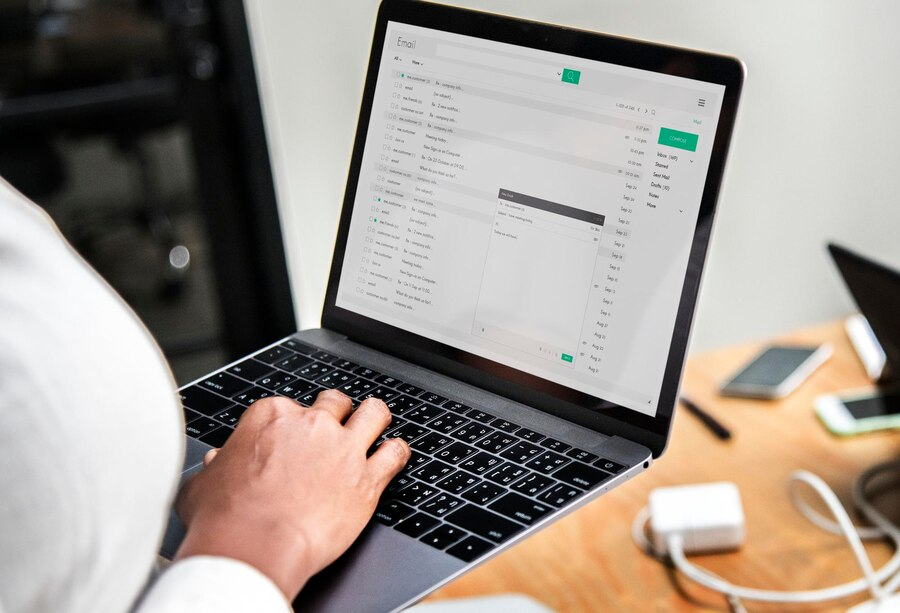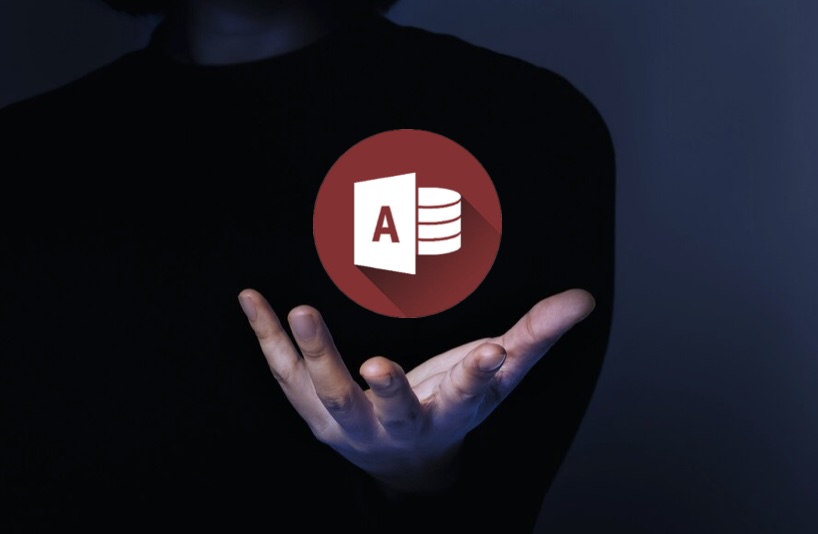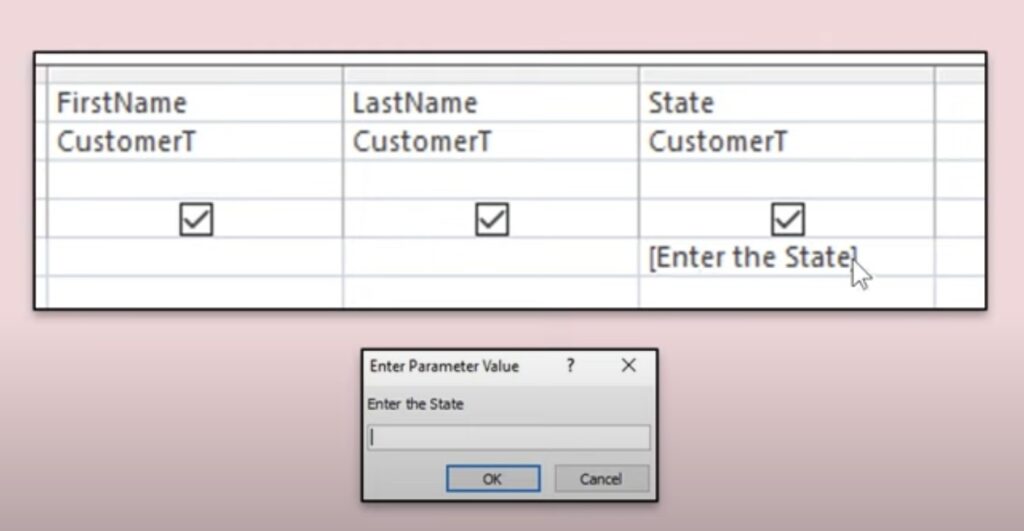Email communication remains a vital tool in the business world, and integrating email functionalities directly within a Microsoft Access application can significantly streamline various processes. Whether it’s sending out customer updates, managing subscription lists, or distributing internal communications, Microsoft Access VBA (Visual Basic for Applications) makes this not only possible but also surprisingly simple. In this article, we’ll explore how to set up and optimize “access sending email” functionalities using VBA, enhancing the efficiency of your database applications.
Getting Started with VBA for Emailing
To begin with, you need to have a basic understanding of Microsoft Access and its components. VBA serves as a scripting language that allows you to extend the functionalities of Access applications. Here’s a quick primer on setting up your environment for sending emails:
Prerequisites
Before delving into VBA for emailing, ensure that you have the following prerequisites in place:
- Microsoft Access: You must have a version of Microsoft Access installed that supports VBA. Access serves as the platform where you will develop and execute your VBA scripts.
- Email Account: To send emails programmatically, you need access to an SMTP (Simple Mail Transfer Protocol) server. This server could be provided by your organization, through Microsoft Outlook, Gmail, or any other email service provider.
Configuring Your Access Database for Email
Once you’ve ensured the prerequisites are met, it’s time to configure your Access database to enable email functionality. Follow these steps:
- Enable VBA: Access the VBA editor within Microsoft Access by pressing ALT + F11 or by navigating to the “Developer” tab and clicking on “Visual Basic.” This action will open up the VBA Integrated Development Environment (IDE). Ensure that your Access database is set to enable all macros to allow the execution of VBA code.
- Reference Libraries: In the VBA editor, navigate to the “Tools” menu and select “References.” A dialog box will appear displaying a list of available reference libraries. Scroll through the list and ensure that you check the box next to “Microsoft Outlook XX.X Object Library,” where “XX.X” corresponds to the version available on your system (e.g., “15.0” for Outlook 2013). This library is crucial as it provides the necessary objects and methods for creating and sending emails through Outlook programmatically.
Here’s a visual representation of the process:
| Step | Action |
| 1 | Access VBA Editor (ALT + F11) or Developer tab |
| 2 | Set Access to enable all macros |
| 3 | Navigate to Tools -> References in VBA editor |
| 4 | Check “Microsoft Outlook XX.X Object Library” |
| 5 | Close dialog box to save changes and exit |
Writing the VBA Code to Send Emails
Now, let’s delve into the coding aspect of sending emails via Microsoft Access using VBA. Below is a straightforward script demonstrating how to send an email programmatically:
Public Sub SendEmail()
Dim objOutlook As Object
Dim objMail As Object
' Create Outlook application object
Set objOutlook = CreateObject("Outlook.Application")
' Create a mail item object
Set objMail = objOutlook.CreateItem(0)
' Set email properties
With objMail
.To = "[email protected]"
.Subject = "Hello from Access"
.Body = "This is a test email from Access using VBA."
.Send ' Dispatch the email
End With
' Clean up objects
Set objMail = Nothing
Set objOutlook = Nothing
End Sub
Object Creation
The script begins by creating two objects: an Outlook application object (objOutlook) and a mail item object (objMail). These objects are essential for interacting with Outlook and composing the email.
Mail Properties
Once the objects are created, the script sets various properties of the email, including the recipient(s) specified in the .To property, the subject defined in the .Subject property, and the body content specified in the .Body property. Additionally, the .Send method is invoked to dispatch the email.
Advanced Email Features
Once you’re comfortable with basic email sending, you can add more sophisticated features:
Multiple Recipients
In many email scenarios, you may need to send a message to multiple recipients simultaneously. Microsoft Outlook VBA (Visual Basic for Applications) allows you to achieve this efficiently. You can include both CC (Carbon Copy) and BCC (Blind Carbon Copy) recipients in your email.
- CC (Carbon Copy): This feature enables you to send a copy of the email to additional recipients while keeping the primary recipient visible to everyone. Use .CC property to add CC recipients.
- BCC (Blind Carbon Copy): BCC allows you to send a copy of the email to recipients without disclosing their email addresses to other recipients. This is useful for mass emails or when you want to protect recipients’ privacy. Use .BCC property to add BCC recipients.
Here’s a snippet demonstrating how to add CC and BCC recipients using VBA:
Sub SendEmail()
Dim objMail As Outlook.MailItem
Set objMail = Application.CreateItem(olMailItem)
' Add primary recipient
objMail.To = "[email protected]"
' Add CC recipients
objMail.CC = "[email protected]; [email protected]"
' Add BCC recipients
objMail.BCC = "[email protected]; [email protected]"
' Set email subject and body
objMail.Subject = "Subject Here"
objMail.Body = "Body of the email goes here."
' Send the email
objMail.Send
End Sub
Attachments
Attachments allow you to include files, such as documents, images, or spreadsheets, along with your email. This feature is valuable for sharing relevant information or collaborating on projects. You can attach files using the .Attachments.Add() method in VBA. Here’s how you can attach a file to an email using VBA:
Sub SendEmailWithAttachment()
Dim objMail As Outlook.MailItem
Set objMail = Application.CreateItem(olMailItem)
' Add primary recipient
objMail.To = "[email protected]"
' Attach a file
objMail.Attachments.Add "C:\Path\To\Your\File.docx"
' Set email subject and body
objMail.Subject = "Subject Here"
objMail.Body = "Body of the email goes here."
' Send the email
objMail.Send
End Sub
HTML Content
HTML Content allows you to format your email with rich text, images, hyperlinks, and more. This feature enhances the visual appeal and effectiveness of your email communication. In VBA, you can use .HTMLBody property instead of .Body to compose HTML-formatted emails. Here’s how you can send an HTML-formatted email using VBA:
| Sub SendHTMLEmail() Dim objMail As Outlook.MailItem Set objMail = Application.CreateItem(olMailItem) ‘ Add primary recipient objMail.To = “[email protected]” ‘ Set email subject objMail.Subject = “Subject Here” ‘ Set HTML content objMail.HTMLBody = “<html><body><h1>Hello!</h1><p>This is an HTML email.</p></body></html>” ‘ Send the email objMail.Send End Sub |
Integration with Database Records
One of the primary benefits of accessing email sending via VBA is the ability to dynamically integrate data from your database into the emails. This integration allows for personalized and targeted communication, enhancing the effectiveness of your email campaigns. Let’s delve into how you can seamlessly integrate database records into your email sending process using Visual Basic for Applications (VBA).
Accessing Database Records in VBA
To begin, you’ll need to establish a connection to your database and retrieve the relevant records. In this example, we’ll use Microsoft Access as the database platform. Here’s how you can access database records using VBA:
| Public Sub SendCustomEmails() Dim rs As DAO.Recordset Dim objOutlook As Object Dim objMail As Object Dim strQuery As String ‘ Define the SQL query to retrieve records strQuery = “SELECT Email, FirstName FROM Users WHERE SendEmail = True” ‘ Open a recordset based on the query Set rs = CurrentDb.OpenRecordset(strQuery) ‘ Create an Outlook Application object Set objOutlook = CreateObject(“Outlook.Application”) ‘ Iterate through each record in the recordset While Not rs.EOF ‘ Create a new email message Set objMail = objOutlook.CreateItem(0) With objMail ‘ Set recipient email address .To = rs!Email ‘ Set email subject .Subject = “Custom Greetings” ‘ Compose personalized email body .Body = “Hello ” & rs!FirstName & “, this is a custom message.” ‘ Send the email .Send End With ‘ Move to the next record rs.MoveNext Wend ‘ Close the recordset rs.Close ‘ Clean up objects Set rs = Nothing Set objMail = Nothing Set objOutlook = Nothing End Sub |
Understanding the Script
The provided VBA script fetches email addresses and first names from a database table called “Users” where the “SendEmail” field is set to True. It then sends a personalized email to each user.
- Database Query: The SQL query “SELECT Email, FirstName FROM Users WHERE SendEmail = True” retrieves email addresses and first names of users who have opted to receive emails.
- Creating Outlook Application Object: Set objOutlook = CreateObject(“Outlook.Application”) initializes an instance of the Outlook Application, allowing you to interact with Outlook programmatically.
- Iterating through Records: The script iterates through each record in the recordset retrieved from the database. For each record, it creates a new email message using objOutlook.CreateItem(0) and populates the recipient, subject, and body fields based on the record data.
- Sending the Email: After composing the email, objMail.Send sends the email to the recipient specified in the database record.
Conclusion
By mastering “access sending email” through Microsoft Access VBA, you not only enhance the functionality of your databases but also improve your workflow efficiency. Whether for customer communications, report distributions, or internal alerts, the ability to send emails directly from Access can significantly benefit any business or organization.
FAQ
A1: Yes, you can use CDO (Collaboration Data Objects) to configure Access VBA to send emails via Gmail’s SMTP server.
A2: Check your macro settings, ensure your references are set correctly, and make sure your email account settings allow third-party applications to send emails.
A3: Direct scheduling isn’t available through VBA, but you can use Windows Task Scheduler to run your Access database and execute VBA code at specific times.
A4: Absolutely. You can use SQL queries within your VBA code to fetch data and dynamically insert it into your email content.




